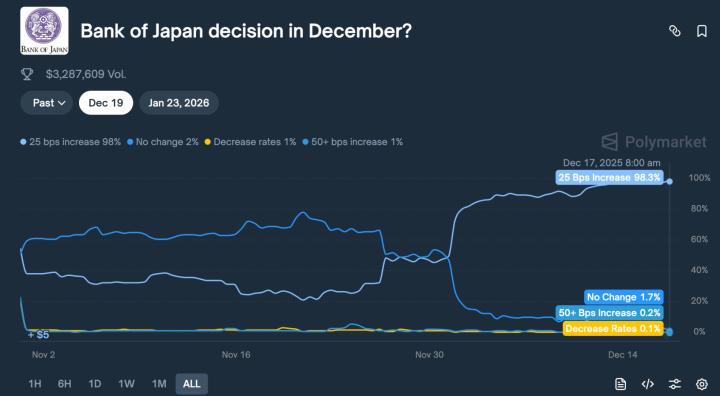Original text: Omer Goldberg, Founder of Chaos Labs
Compiled by: Yuliya, PANews
After Bybit suffered a $140 million hack, the cryptocurrency market faced a severe shock. How DeFi (Decentralized Finance) platforms respond to this largest-scale hacking incident in history, as well as the potential contagion risk and USDT price volatility, has become a focus of attention in the crypto space. This article will delve into the impact of this attack on Aave, Ethena, and USDT, analyze how the DeFi system responds to this event, and explore whether Proof of Reserves can prevent over $20 million in liquidations.

After the attack, the Chaos Labs team, along with bgdlabs, AaveChan, and LlamaRisk, formed an emergency response team to assess the risks Aave may face and the systemic risks.

The emergency response team focused on several core issues: Bybit's solvency status, the possibility of a larger-scale attack, and the potential impact on Aave considering the exposure to sUSDT, in the event of a default or write-down.

Ethena Labs confirmed that its funds are custodied through Copper.co, but the market is still concerned about the potential chain reaction if Bybit is unable to honor its profits and losses, and whether USDT will face deeper de-pegging risks.

The analysis of Bybit's bankruptcy risk shows that there are three main vulnerabilities: the exposure risk due to the failure of USDT hedging, the chain liquidation risk triggered by the drop in ETH prices, and the potential DeFi contagion risk.
This has prompted the relevant parties to accurately quantify the losses to determine whether to take measures such as freezing the sUSDT market. The transparency dashboard shows Ethena's ETH configuration on Bybit, and Ethena Labs' collateral is safely stored at Copper.co off-chain, which allows Ethena and USDT to effectively avoid bankruptcy risks similar to the FTX exchange.
Assuming a $400 million "on-paper" notional ETH position cannot be unwound, and ETH prices drop 25% before the funds are released from Copper.co, Ethena may face $100 million in unhedged losses. However, considering the $60 million insurance fund, the total support loss for USDT is estimated to be only 0.5%.

Based on the relatively manageable risk assessment, Aave has prepared a risk response plan and is continuously monitoring the situation.
In terms of pricing, USDT has shown significant price deviations across different trading venues. On the Bybit platform, due to panic selling and lack of immediate arbitrage, USDT/USDT once dropped to $0.96.

In contrast, on-chain pricing has been more stable, with only a brief de-peg to $0.994, which was quickly restored through arbitrage. This difference is mainly due to the redemption mechanism and the role of oracles.

Unlike CeFi, USDT's redemption can be continuously and atomically performed on-chain through the Mint and Redeem contracts. The on-chain redemption mechanism of USDT operated smoothly, completing $117 million in redemptions within a few hours. Ethena Labs also increased the redemption buffer to $250 million and maintained price stability through continuous replenishment until USDT regained its peg.

However, the abnormality of the oracles amplified the market risk. Chainlink's USDT/USD price oracle deviated from the on-chain price, dropping to $0.977, even though the redemption mechanism was still functioning normally.

This deviation led to $22 million in liquidations on Aave, where traders were liquidated due to secondary market price fluctuations, despite their USDT assets being well-collateralized.

This highlights the room for improvement in the oracle mechanism. An integrated smart data source that incorporates reserve proof may be able to provide more accurate USDT valuation and avoid unnecessary liquidations. Considering real-time redemption, rather than relying solely on weighted average trading prices, such a smart oracle can:
- Prevent unnecessary liquidations;
- Maintain capital efficiency;
- Reduce market pressure.
What areas can be improved?
Risk, pricing, and reserve proof data must work in coordination, rather than in isolation, to ensure value and maintain the resilience of the DeFi system under stress. Price oracles should reflect the true collateral support, not just secondary market prices.
Overall, the DeFi ecosystem has withstood this stress test. The Bybit team stabilized the market through transparent communication, the Ethena Labs team quickly eliminated risk exposure and ensured smooth redemptions, and Aave effectively managed the risk without incurring bad debts.
This event shows that to build a more resilient system, the industry needs smarter oracles and risk-aware infrastructure, while ensuring safety and improving capital efficiency. The next major stress test is only a matter of time, and the industry needs to be prepared.








